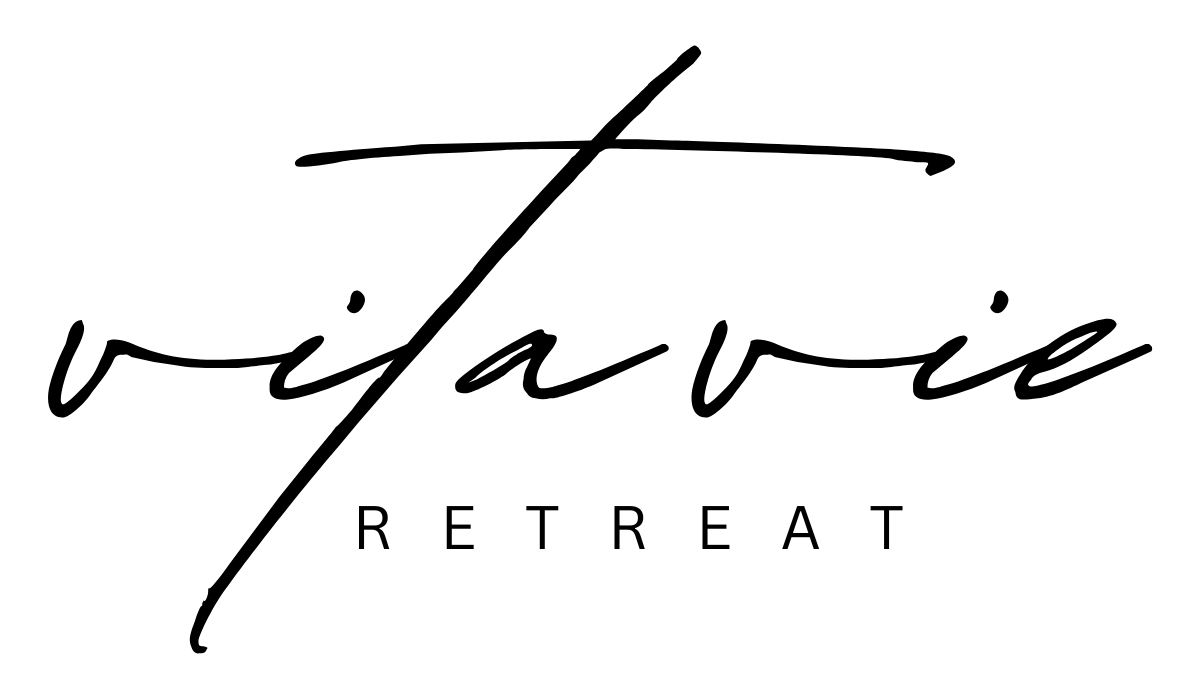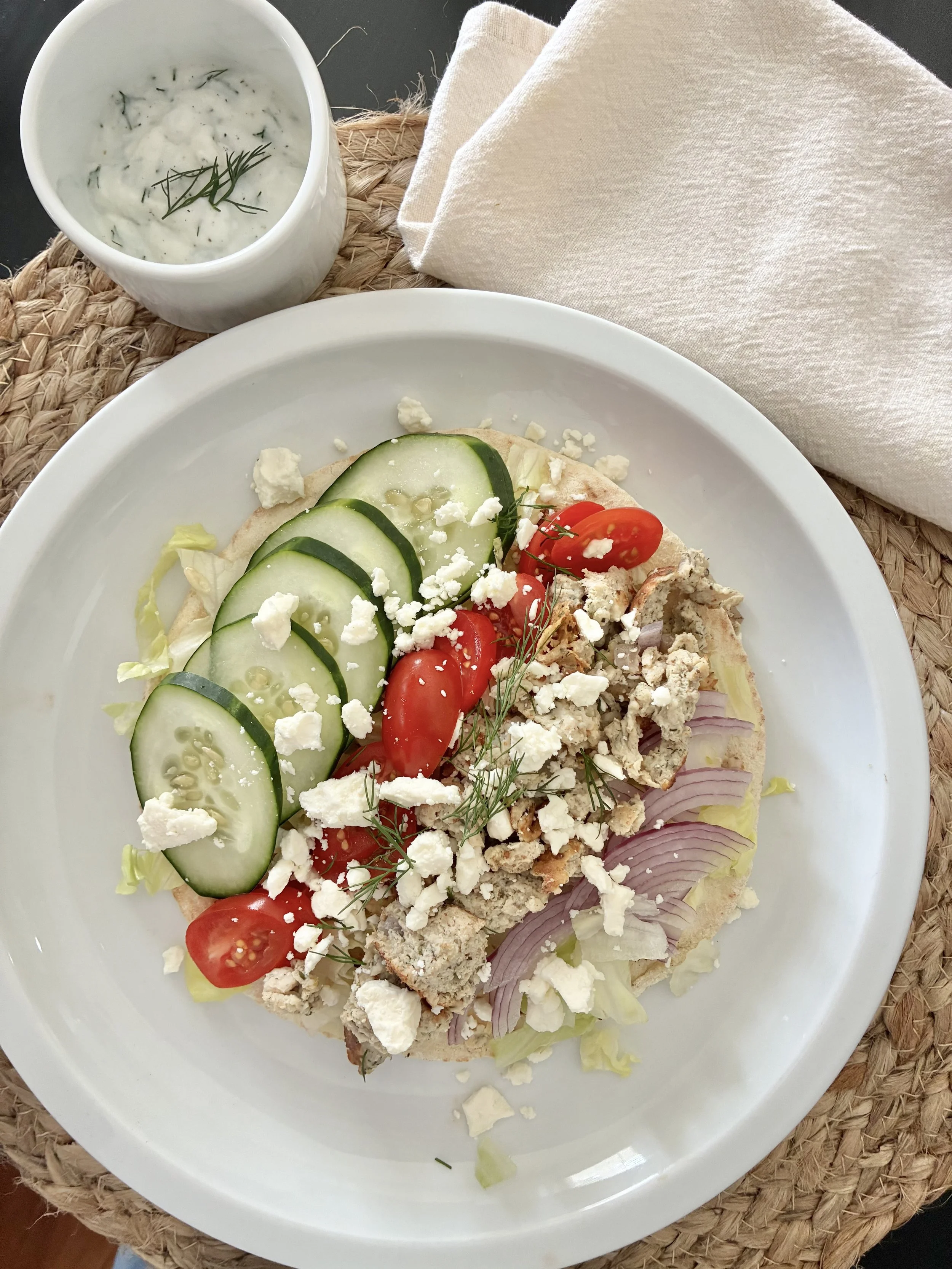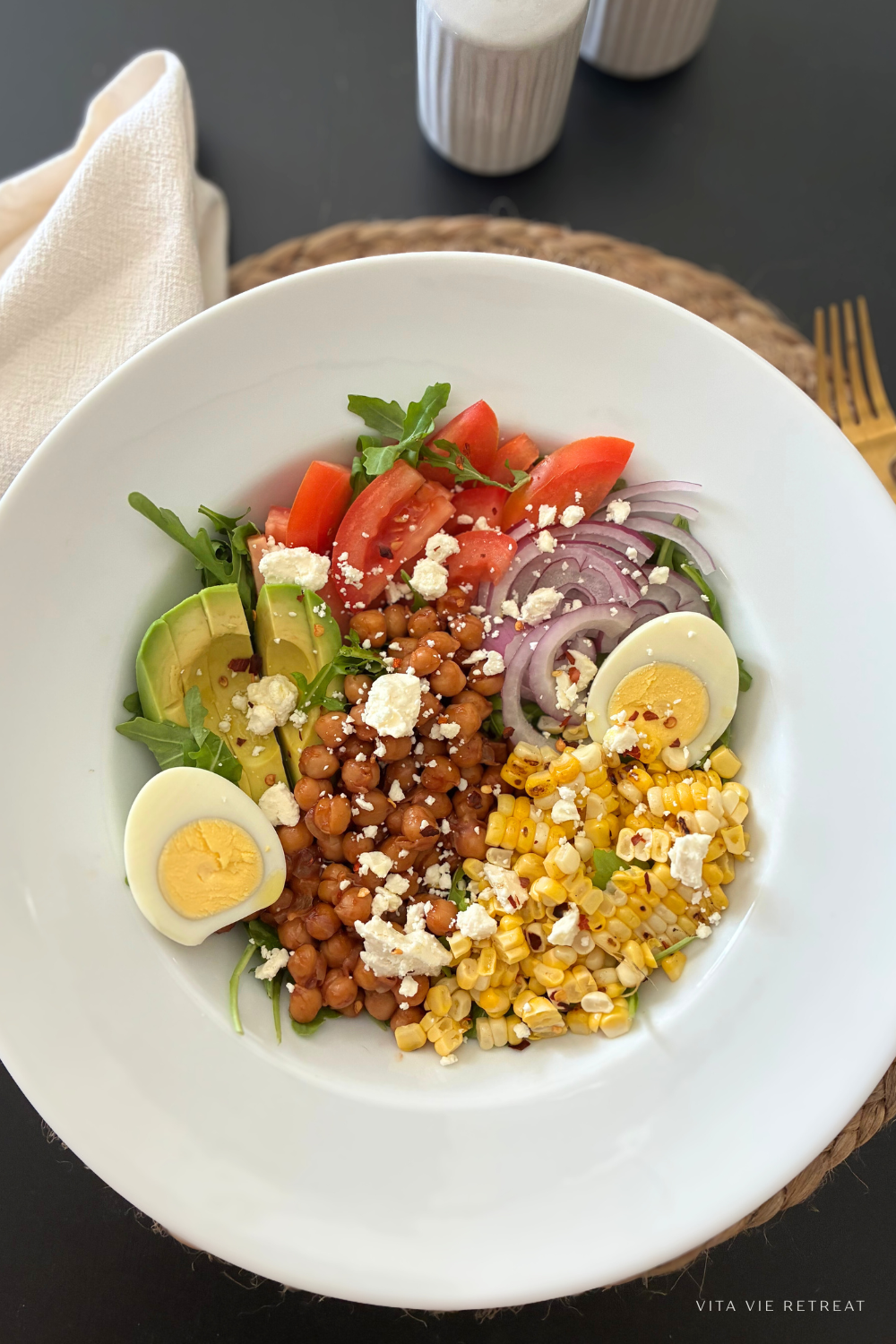How To: Eating Out At A Restaurant
/Eating Out & Eating Healthfully: How to Find Balance Without Feeling Deprived
Eating out is one of life’s simple pleasures — whether it’s dinner with friends, a celebratory brunch, or a quick bite on the go. But if you’re working on building healthier habits, the experience can also bring anxiety. You may wonder: Will I “ruin” my progress? Will I feel left out if I don’t indulge? Or, how do I even know what the healthiest option is?
Here’s the truth: eating out doesn’t have to derail your health goals. With a little planning, awareness, and some easy shifts in perspective, you can enjoy the experience without guilt or deprivation. Below are practical tips and strategies to help you navigate restaurants, cafés, and even fast food spots with confidence.
1. Know Before You Go
Most restaurants post menus online, often with nutrition information. Taking a few minutes to scan the menu ahead of time helps you arrive prepared instead of pressured. Choose two or three options that align with your goals so you don’t feel stuck in the moment.
Action Step: Before your next outing, look up the menu and identify the choices that make you feel good — not just while eating, but after.
2. Order First to Avoid Social Influence
It’s easy to be swayed when friends order fried appetizers, creamy pastas, or multiple rounds of drinks. Social influence is real, but you can stay grounded in your choice by ordering first. That way, you set the tone for yourself rather than following the crowd.
Action Step: Commit to your choice before you arrive, and practice ordering confidently without second-guessing.
3. Eat Mindfully
One of the biggest pitfalls of eating out is speed — food arrives, conversation flows, and before you know it, you’ve cleared your plate without really tasting it. Slow down and turn the meal into an experience. Chew thoroughly, put your fork down between bites, and savor the flavors.
Mindful eating not only enhances enjoyment, but also helps you notice when you’re satisfied, which can prevent overeating.
Action Step: At your next meal, put your fork down between every few bites and pause to check in with your hunger.
4. Customize Your Plate
Restaurant meals often come with heavy sauces, dressings, or fried sides. Don’t hesitate to ask for modifications — most places are happy to accommodate. Ask for sauces or dressings on the side, swap fries for extra vegetables, or request grilled instead of fried.
When in doubt, olive oil and lemon juice make a simple, flavorful dressing without hidden sugars or additives.
Action Step: Practice making one healthy swap each time you eat out — such as replacing fries with a side salad or asking for dressing on the side.
5. Choose Colorful, Nutrient-Dense Foods
A simple rule of thumb: the more colorful your plate, the more nutrients you’re likely getting. Think fresh vegetables, vibrant salads, or dishes with a mix of greens, reds, oranges, and purples. These foods are rich in vitamins, minerals, antioxidants, and fiber.
Prioritize protein and veggies first, then move on to starches if you’re still hungry.
6. Be Smart About Beverages
Calories often sneak in through drinks. Sugary sodas, fancy coffee drinks, and cocktails can add hundreds of calories and a sugar crash to your meal. Stick with water, sparkling water, unsweetened tea, or black coffee for a lighter, more energizing option. If you drink alcohol, set a limit before you go and balance each drink with a glass of water.
7. Special Nutrition Needs — Ask Questions
If you follow a specific dietary approach, eating out requires a little extra attention. Never hesitate to ask your server how something is prepared. Most restaurants are used to accommodating special requests.
Gluten Free: Watch for hidden gluten in sauces, soups, soy sauce, processed meats, and even condiments.
Dairy Free: Look beyond cheese and milk — butter, sauces, soups, and dressings often contain dairy.
Whole Food Based: Stick to basics like grilled protein, vegetables, fruit, potatoes, and simple fats (olive oil, avocado, nuts). Avoid dishes with long ingredient lists.
Vegetarian: Ask about hidden animal products in stocks, dressings, and condiments.
Action Step: Before dining out, choose one key question to ask your server that ensures your meal aligns with your needs.
8. Shift Your Mindset
Perhaps the most important step is reframing how you see eating out. It’s not about perfection or restriction. It’s about balance and enjoyment. Sometimes that means the grilled salmon and salad. Other times it might mean sharing dessert with a friend. Both choices can fit within a healthy lifestyle when you approach them with intention rather than guilt.
Action Step: Before each meal out, ask yourself: What choice will make me feel good both now and later? Let that guide your decision.
Final Thoughts
Eating out and eating healthfully don’t have to be at odds. By planning ahead, eating mindfully, customizing your meals, and staying true to your needs, you can enjoy the experience fully while staying aligned with your goals.
Remember: it’s not about deprivation — it’s about making choices that allow you to live well, feel good, and still enjoy the moments that matter.





















